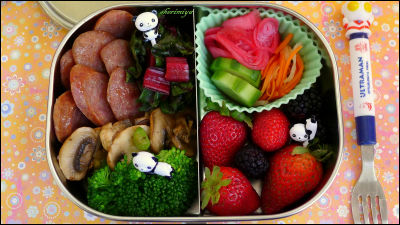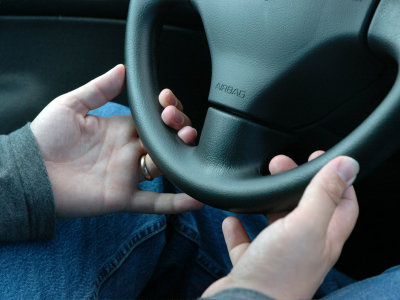With salmonella-contaminated chocolate in circulation in Europe, how many cases of food poisoning of the same type are occurring in the world?

Some of the anaerobic bacteria Salmonella are pathogenic and cause infections such as acute gastroenteritis and typhoid fever. Salmonella food poisoning is often caused by poorly cooked meat and salads, but in Europe more than 150 cases of salmonella food poisoning caused by chocolate will occur in 2022. Microbiologists at the Federal University of Australia, David Bean and Andrew Greenhill, discuss chocolate-induced salmonella food poisoning.
Surprise! There might be salmonella in your chocolate
https://theconversation.com/surprise-there-might-be-salmonella-in-your-chocolate-180813
According to the European Food Safety Agency (EFSA) , as of April 8, 2022, cases of salmonella food poisoning were in Belgium, France, Germany, Ireland, Luxemburg, the Netherlands, Norway, Spain, Sweden and the United Kingdom under the age of 10. It is said that more than 150 cases have been reported, mainly for children in Spain. The cause has been identified as chocolate from Belgium, and from April 2, 2022, public health warnings were issued by the competent authorities of each country, and on April 8, 2022, voluntary recovery of the product in question was carried out. That.
The case of 'salmonella food poisoning caused by chocolate' is not so common, but it has been reported many times. In 1970, it was reported that 110 people in Sweden were infected with salmonella food poisoning due to cocoa powder contaminated with salmonella. From 1973 to 1974, 95 cases of salmonella food poisoning infection from chocolate balls for Christmas were reported in Canada and 30 cases in the United States. In addition, in the case of 245 infected people in the United Kingdom between 1982 and 1983, it was found that the cause was two types of chocolate bars produced in Italy.
From 1985 to 1986, 33 cases of salmonella food poisoning occurred in Canada and the United States. The cause was coin-shaped chocolate imported from Belgium. Chocolate is also responsible for 361 cases of salmonella food poisoning infections reported in Norway and Finland in 1987, and the actual number of infected people is estimated to be 20,000 to 40,000. In addition, between 2001 and 2002, at least 439 people were infected with salmonella food addiction by a specific brand of chocolate sold exclusively in a German supermarket chain. More recently, 56 cases of chocolate-induced salmonella food poisoning were reported in the United Kingdom in 2006.
Much of the cacao that makes chocolate is made on farms in West Africa. The cocoa harvested on the farm is fermented and then dried, but during this time there is a good chance that the cocoa will be contaminated with Salmonella by animals and surrounding soil. Cocoa beans are roasted in a chocolate factory, but if this roasting is inadequate, salmonella may not be sterilized.

There is also a problem with hygiene management at chocolate factories. It was pointed out that the Salmonella food poisoning that occurred in the United Kingdom in 2006 was caused by water leaking from a pipe at a chocolate factory flowing into chocolate.
In the case of April 2022, the manufacturer of the chocolate that caused it was taking sufficient hygiene measures and was also inspecting Salmonella. In December 2021, the manufacturer reportedly detected Salmonella Typhimurium , a type of salmonella, in a buttermilk tank at a facility in Belgium, but since the salmonella test was negative in subsequent products, chocolate was shipped. thing. A molecular epidemiological study conducted in March 2022 revealed that salmonella bred in this buttermilk tank was responsible for a series of food poisoning cases.
According to Bean and Greenhill, salmonella does not grow in low-moisture chocolate, but often survives without dying. Once contaminated with Salmonella, chocolate products, even if made with proper food safety technology, pose a long-term food safety risk and can spread Salmonella infections over a wide area.
It should also be noted that chocolate is a confectionery that children often eat, and that it can become serious if a small child is infected with salmonella food poisoning.

Most confectionery manufacturers produce under strict guidelines to ensure product quality and safety, and have established proper manufacturing processes and food safety guidelines to ensure chocolate safety. increase. Bean and Greenhill said manufacturers are trying to detect or eliminate pathogens such as salmonella in chocolate.
Related Posts:
in Food, Posted by log1i_yk







